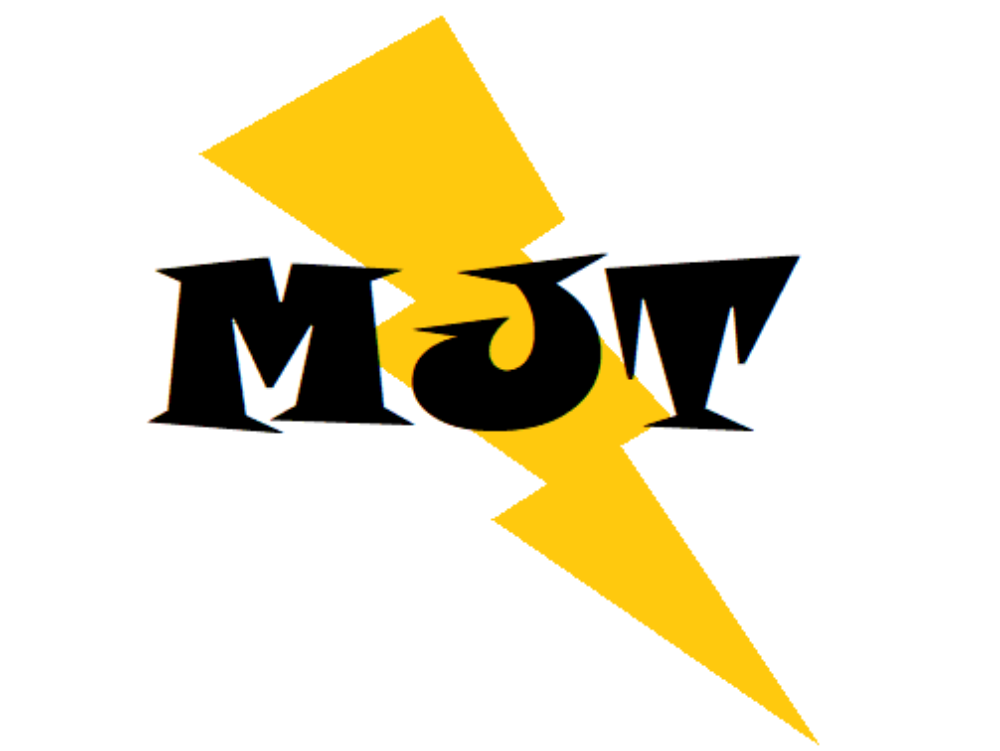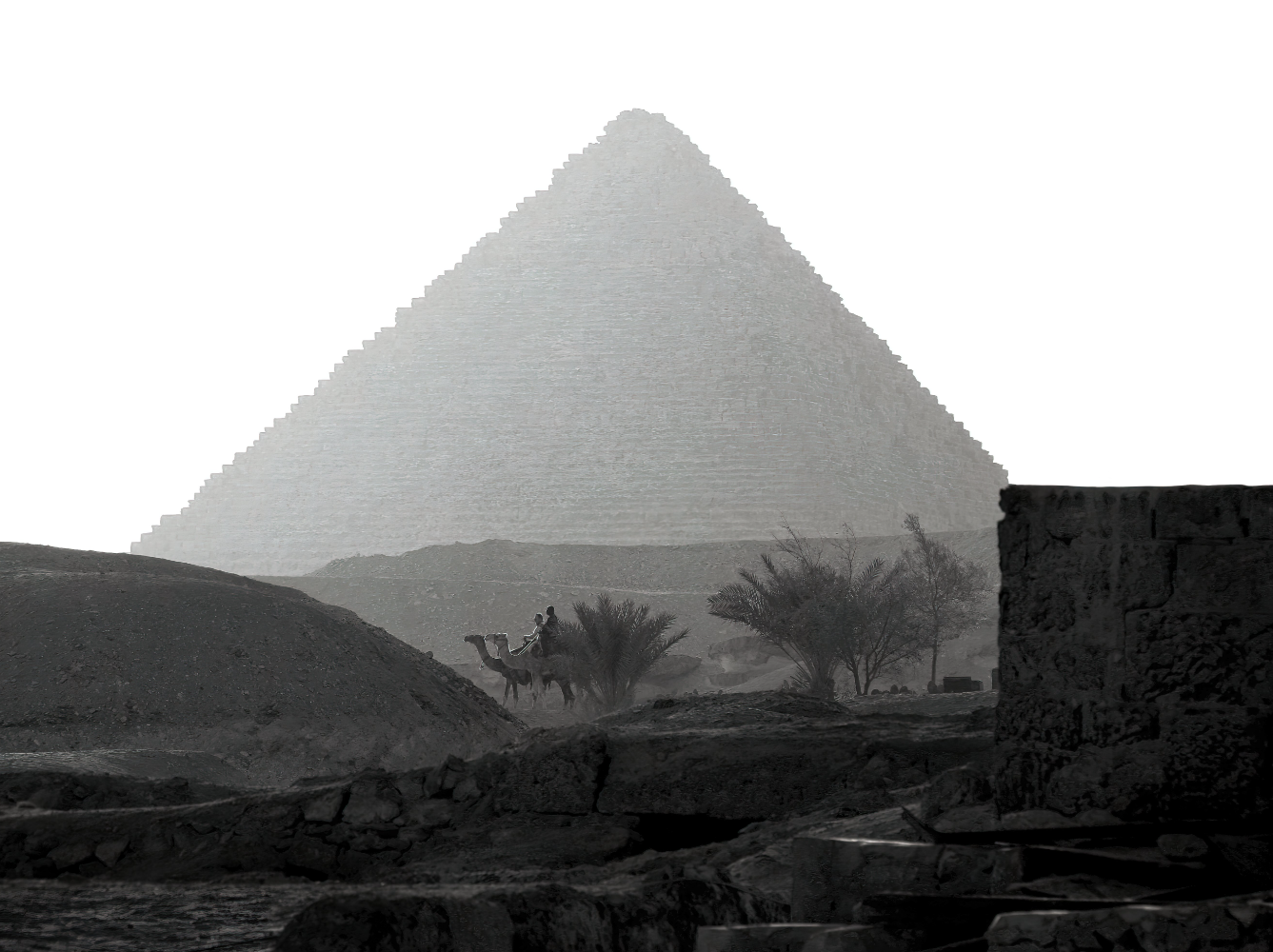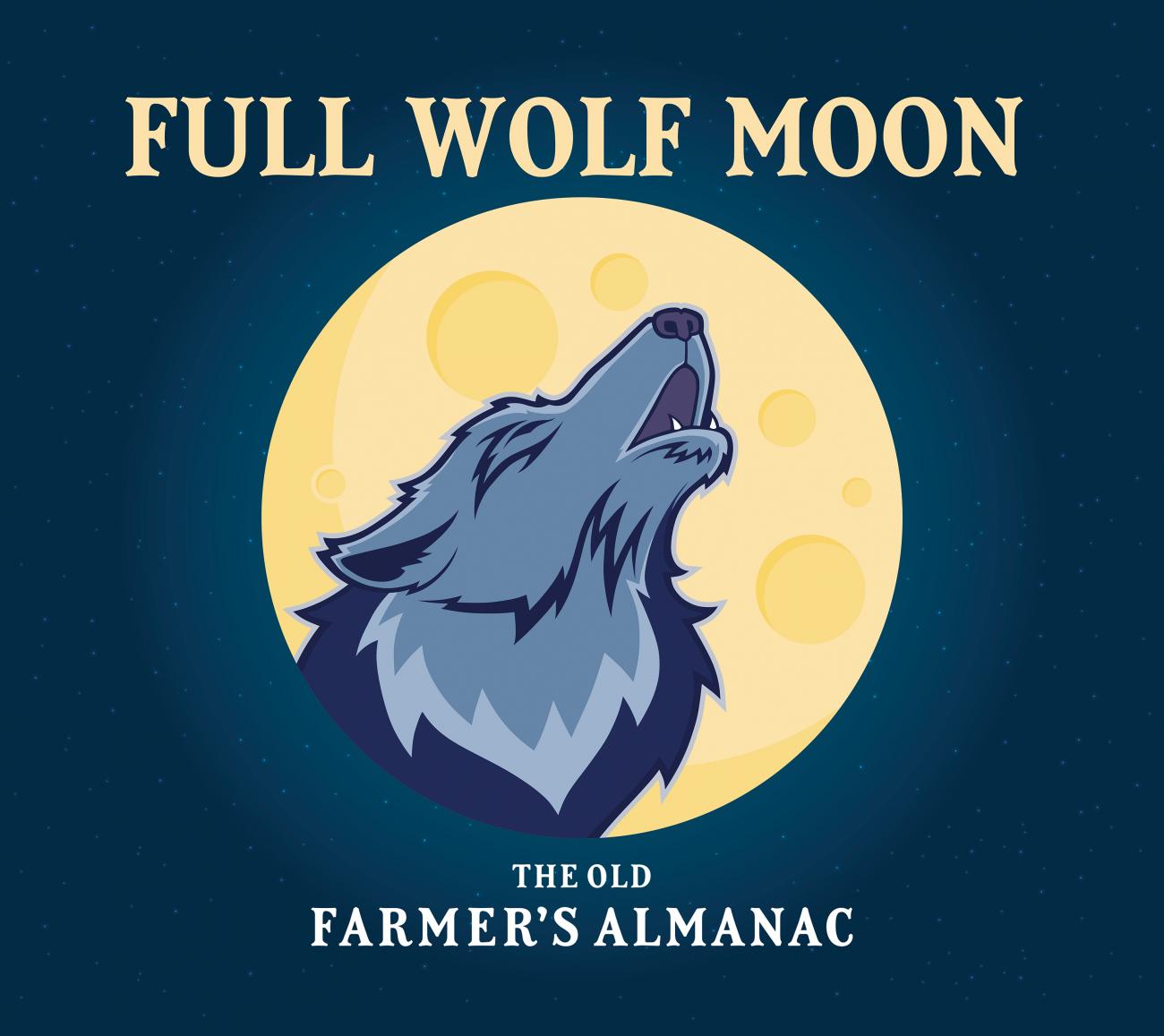
The Full Woof Moon: Moonshine Time
The Farmer’s Almanac says it’s a Full Woof Moon right now. We can go along with that. In our area the bright nights that it comes with are a change from the recent dark cloudy skies we’ve had in the evening from the winter weather. Seems like an appropriate occasion to look a little into something else that’s associated with our friendly reflective orb and that’s Moonshine.
Moonshine gained a prominent place in American history as part of the response to the Prohibition movement by those with a different point of view on the subject. Speakeasys, Al Capone, and white lightning are familiar from that time period.
“Prohibition in the United States was a measure designed to reduce drinking by eliminating the businesses that manufactured, distributed, and sold alcoholic beverages. The Eighteenth Amendment to the U.S. Constitution took away license to do business from the brewers, distillers, vintners, and the wholesale and retail sellers of alcoholic beverages. The leaders of the prohibition movement were alarmed at the drinking behavior of Americans, and they were concerned that there was a culture of drink among some sectors of the population that, with continuing immigration from Europe, was spreading.” Source: https://prohibition.osu.edu/why-prohibition
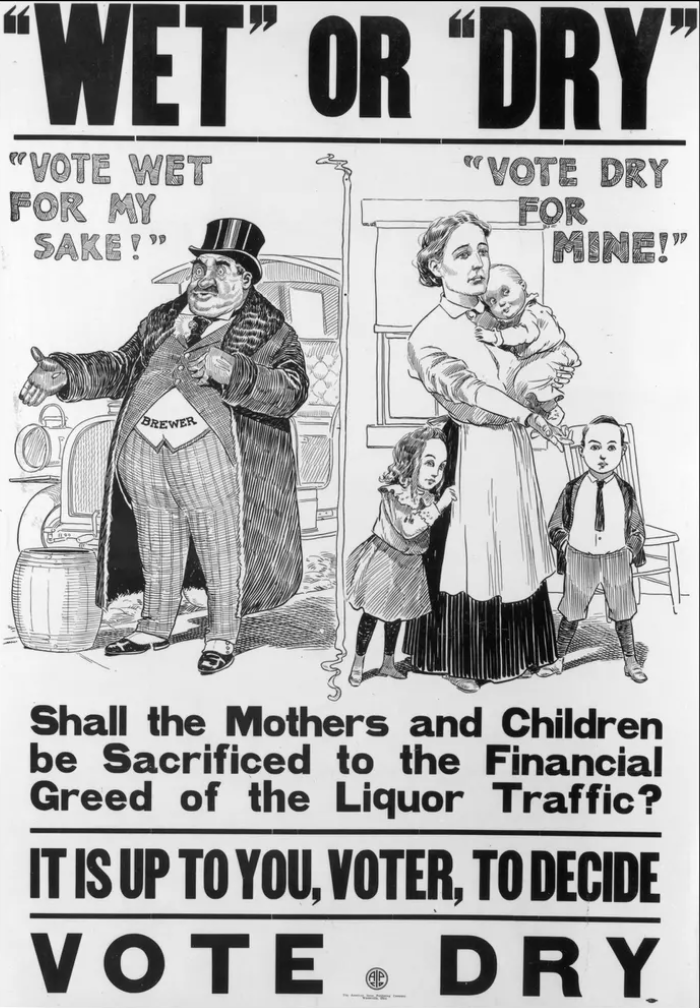
The movement succeeded in having alcohol prohibited throughout the United States, but ultimately failed in its efforts and led to the passage of the Twenty First Amendment to the U.S. Constitution which repealed the Eighteenth Amendment.
“The Eighteenth Amendment was ratified on January 16, 1919, and prohibited the making of, sale, or transportation of alcohol. The amendment came as a result of roughly a century of reform movements. Early temperance advocates aimed to reduce alcohol consumption and prevent alcoholism, drunkenness, and the disorder and violence it could result in. These early efforts promoted temperate consumption with hopes for eventual prohibition. … “The Twenty-First Amendment, which repealed the Eighteenth Amendment, was ratified on December 5, 1933. The decision to repeal a constitutional amendment was unprecedented and came as a response to the crime and general ineffectiveness associated with prohibition. The Twenty-First Amendment also has the distinction of being the only amendment ratified, not by state legislature, but by state ratifying conventions.” Source: https://jackmillercenter.org/eighteenth-twenty-first-amendments/
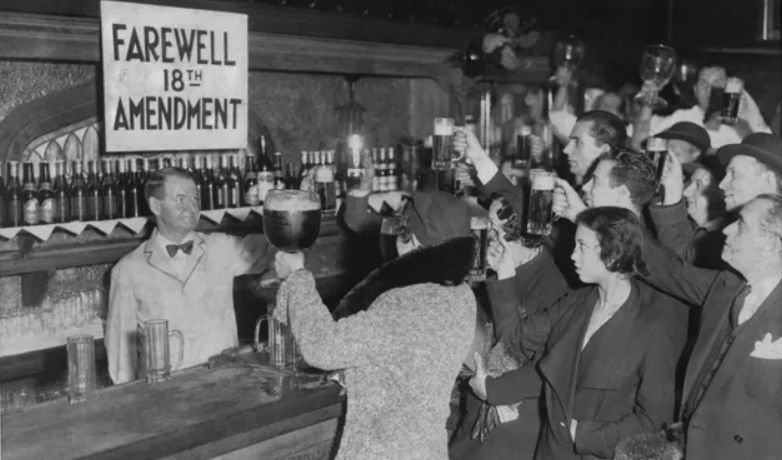
What is Moonshine?
“Moonshine purists define the spirit as a homemade, unaged whiskey, marked by its clear color, corn base and high alcohol content—sometimes peaking as high as 190 proof. Traditionally, it was produced in a homemade still and bottled in a mason jar. Scottish and Irish immigrants, many who settled in the southeastern throngs of the country, first brought moonshine to the United States in the 18th century. The spirit quickly became a mainstay of Southern culture. But just as its popularity crested, so too did the government’s interest in taxation. It was Alexander Hamilton who imposed a tax on whiskey production in 1791, making any untaxed moonshine production illegal. Whiskey drinkers avoided taxation by making and buying moonshine at night, under the cover of darkness and the light of the moon—which some suspect gave rise to its name.” Source: https://www.tastingtable.com/694451/what-is-moonshine-cocktails/
Is Moonshine safe to drink?
“Prohibition, which was supposed to restrict the production, transportation and sale of liquors, ironically led Americans to produce homemade alcohol and rumrunners to smuggle forbidden substances. It was also the lawless decade of the 1920’s when bootlegging trade was in boomed operation. Illegally produced alcohol was termed Moonshine, or called ‘hooch’ and is said to be the original ‘Mountain Dew’. It used a still to extract the alcohol. During the Prohibition, reported cases of poisoning and blindness spread among patrons of moonshine. Methanol ingestion from drinking moonshine is long riddled to cause blindness. In the process of making alcohol, methanol is produced by fermenting grains or fruits high in pectin. When methanol is consumed, it changes into formaldehyde which can cause damages to the eyes and in severe cases blindness. This however could be avoided, the first few ounces that come out of the distiller, which contain the methanol, only need to be discarded. The fears of getting blind from drinking ‘shine are not founded, the false horrors about methanol in moonshine were only deepen because of some bootleggers who intentionally included antifreeze such as methanol to cut the alcohol so to earn more profit. Cases of poisoning happened due to early moonshiners who were less cautious in their production. Some bootleggers used car radiators that were lead-contaminated as condenser to distill alcohol. This adversely resulted to several incidents of lead poisoning during the 1920s. Fortunately, the modern day whiskey stills are assembled using lead-free solder to avoid potential health hazard. Mad bootlegger’s tales are things of the past. The Prohibition experiences became the grounds for creating better distilling practices of today. Modern day hobbyists make their own ‘hooch’ following explicit safety guidelines. These set of instructions ensure that moonshine is safe for human consumption. When prepared properly, moonshine is as safe to drink as the spirits you buy in a store.” Source: https://www.whiskeystill.net/blogs/whiskey-still-co-blog/6180820-blindness-and-poisoning-from-drinking-moonshine-myth-or-fact
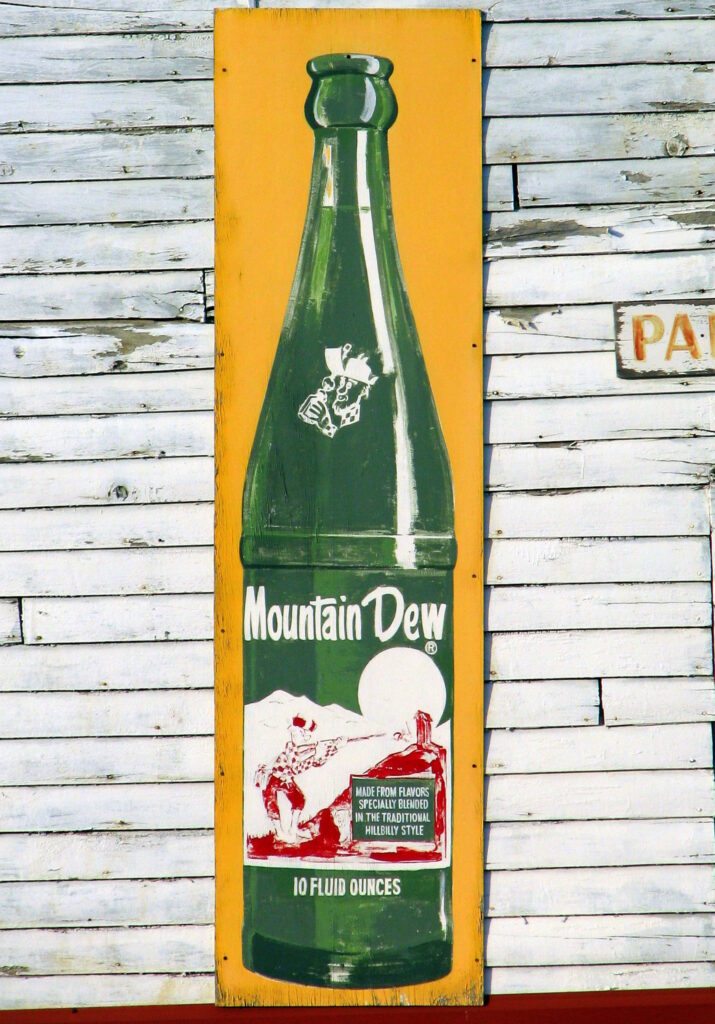
How To Make Moonshine?
Here’s a step by step historical reference guide compliments of Mile Hi Distilling: How To Make Moonshine
Can you make Moonshine?
Not vouching for the accuracy, but here’s a site that proclaims to have info for at least those in the U.S.: https://www.distillate.org/laws/list Note that this doesn’t include any federal laws which may apply (and which may still prohibit it no matter what state law says).
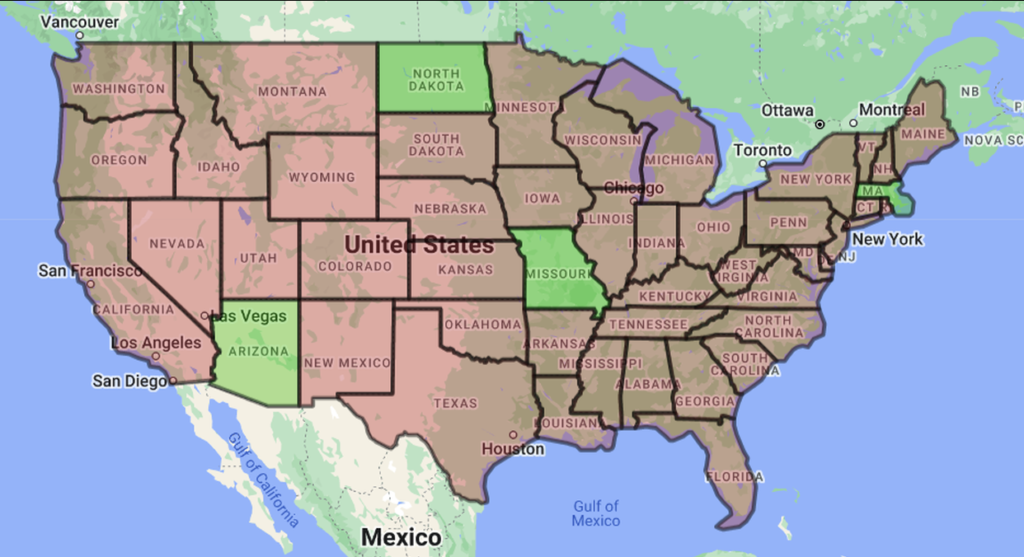
Last but not least here are some tips from someone who seems to know:
Easter Egg #1: George Jones and his classic White Lightning.
